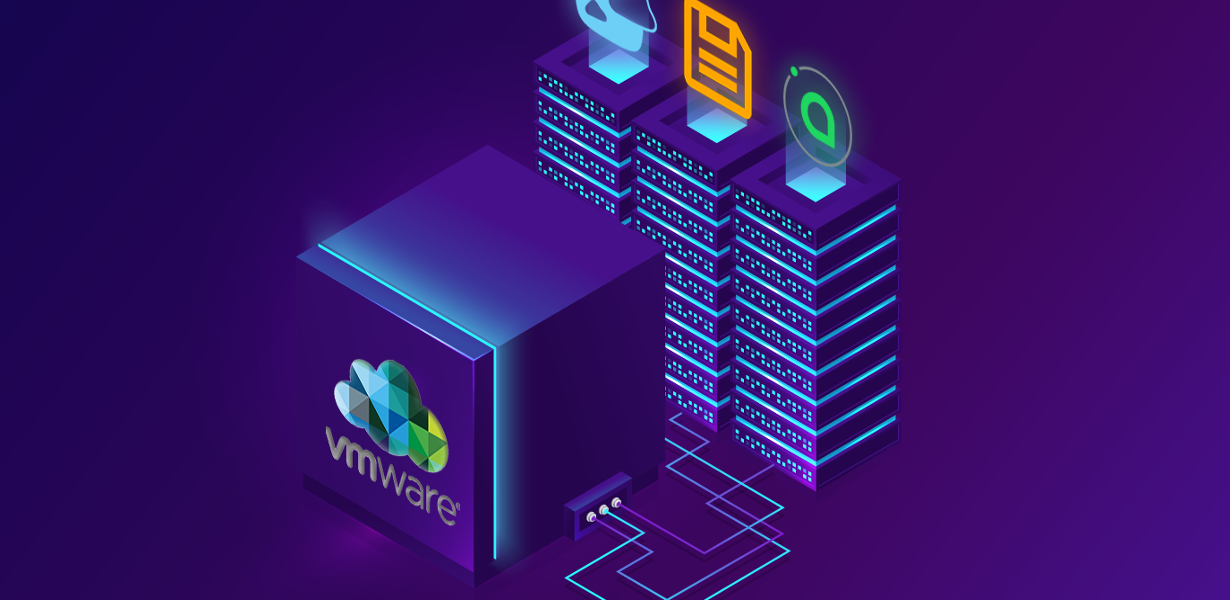
In the world of cloud hosting, achieving High Availability (HA) is the holy grail. Businesses and applications demand zero downtime, and in this blog, we unveil the secrets to architecting highly available applications in HA cloud environments. Discover the strategies, technologies, and practices that ensure your applications run seamlessly without interruption.
Decoding High Availability
Before delving into the secrets, it’s crucial to understand what High Availability means and why it’s paramount.
Understanding High Availability
High Availability refers to the ability of a system or application to remain operational without interruption, even when components fail. It’s a critical requirement for businesses that rely on continuous service delivery.
The Cloud Hosting Landscape
To architect highly available applications, one must first grasp the current state of cloud hosting.
Traditional Hosting vs. HA Cloud Hosting
While traditional hosting is reliable, it may not provide the desired level of uninterrupted service. HA cloud hosting offers redundancy and load balancing, ensuring applications remain available at all times.
The Pillars of High Availability
Achieving zero downtime in HA cloud environments involves several essential components.
Redundancy: Eliminating Single Points of Failure
Redundancy is a cornerstone of High Availability. It involves duplicating critical components to eliminate single points of failure. Redundancy can be applied to hardware, data centers, and network connections.
Load Balancing: Distributing Workload
Load balancing evenly distributes network traffic across multiple servers, optimizing resource utilization and preventing overloads. It’s crucial for maintaining consistent availability.
Auto-Scaling: Adapting to Demand
Auto-scaling allows the system to automatically adjust resources based on demand. This dynamic allocation ensures that even during traffic spikes, the system remains responsive.
Data Replication: Ensuring Data Availability
Data replication involves creating copies of data in real-time, allowing for seamless failover in case of hardware or network failures. It’s a fundamental element of data resilience.
The Secrets to Zero Downtime
Now, let’s explore the secrets to achieving zero downtime in HA cloud environments.
Implementing Failover Systems
Failover systems automatically transfer the workload from a failed component to a redundant one. This ensures that even when a component fails, the application continues to run.
Utilizing Geographically Distributed Data Centers
Geographically distributed data centers reduce the risk of downtime due to natural disasters or regional failures. Data can seamlessly switch between centers to maintain service.
Continuous Monitoring and Alerts
Implementing continuous monitoring of systems and setting up alerts for potential issues enables proactive response to threats, reducing the risk of downtime.
Regular Backups and Data Recovery Plans
Regular backups and well-defined data recovery plans ensure that even in the event of data loss or corruption, systems can quickly recover and maintain uptime.
Security Measures
Robust security measures protect against cyber threats and data breaches that could lead to downtime. Ensuring data integrity is crucial for maintaining High Availability.
The Future of Highly Available Applications
As technology continues to evolve, the secrets to achieving High Availability in cloud hosting will become even more refined. Businesses that invest in these strategies and technologies will be well-prepared for the future.
Final Words
Architecting highly available applications in HA cloud environments is a complex endeavor, but with the right strategies, technologies, and practices, businesses can achieve zero downtime. High Availability is not just a concept; it’s a critical requirement for applications and systems that demand uninterrupted performance.
Commonly Asked Questions
Q1: What is High Availability (HA) in cloud hosting?
High Availability in cloud hosting refers to the ability of applications and systems to remain operational without interruption, even when components fail. It’s crucial for businesses that require continuous service delivery.
Q2: Why is redundancy important in High Availability?
Redundancy eliminates single points of failure by duplicating critical components. This ensures that, even if one component fails, the system remains operational, reducing downtime.
Q3: What is data replication, and why is it necessary for High Availability?
Data replication involves creating copies of data in real-time, allowing for seamless failover in case of hardware or network failures. It’s necessary to maintain data availability and minimize downtime.
Q4: How do geographically distributed data centers contribute to High Availability?
Geographically distributed data centers reduce the risk of downtime due to natural disasters or regional failures. Data can seamlessly switch between centers to maintain service.
Q5: What steps can businesses take to enhance security in High Availability environments?
Businesses can enhance security by implementing robust measures to protect against cyber threats and data breaches. Ensuring data integrity is crucial for maintaining High Availability.
Advertisement







